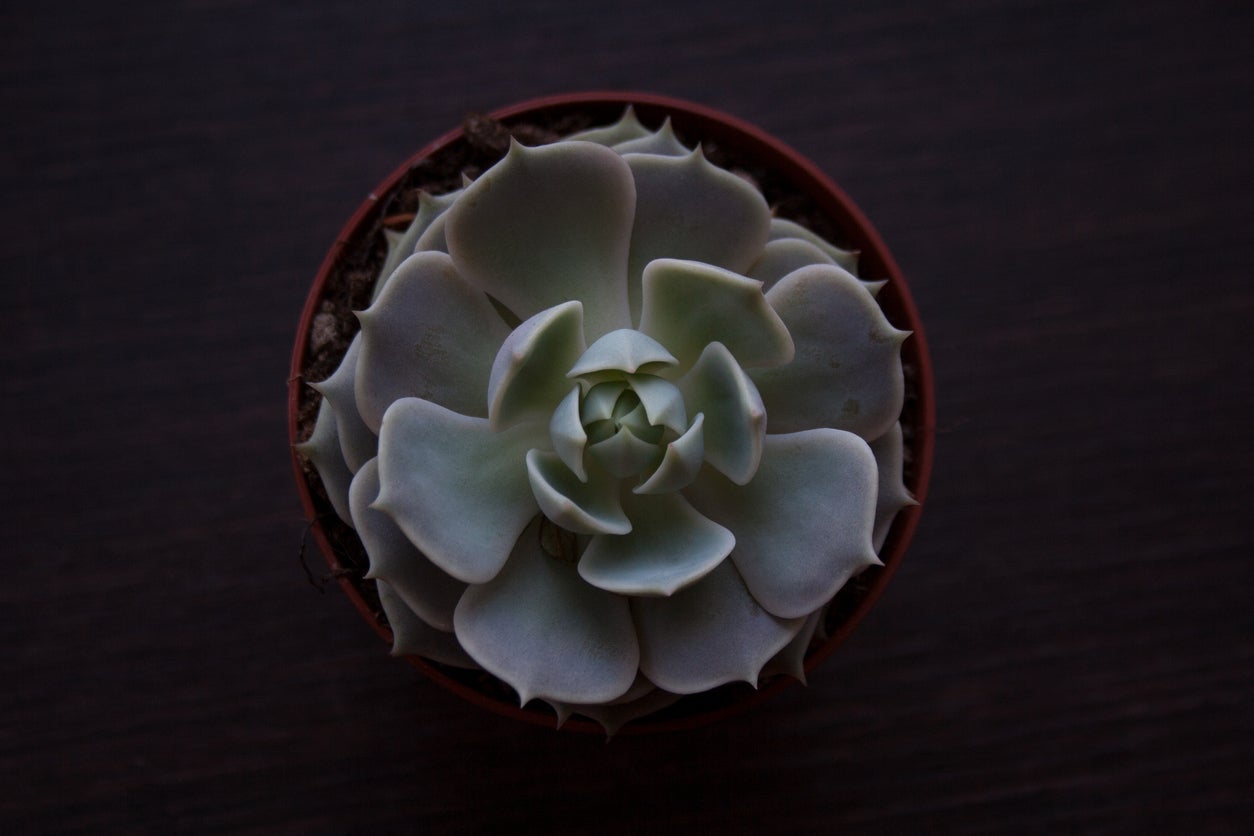Echeveria ‘Lola’ Info: Learn How To Care For A Lola Echeveria


Another of the most commonly owned succulents, the popular Echeveria ‘Lola’ plant is a beautiful, rosette that may be surrounded by pups. Offsets, known as pups or babies, produce readily on this grayish-blue leafed favorite. Growing Lola echeveria is simple too.
Echeveria ‘Lola’ Info
Lola echeveria has pale gray-blue leaves, often tinged in pink. Flowers, blooming in summer, are peach or salmon shades. Find a Lola succulent at your local nursery or order from a reputable online site. Avoid ordering from individuals without credentials. Many are ripped off after being enticed by an inexpensive price. You want to start off with a healthy and pest-free plant for the best succulent growing experience.
Growing Lola Echeveria
Choose an appropriate container for your new Lola, one with drainage holes so that you can water correctly. The occasional watering should drench the plant until water comes out the bottom. Amended, well-draining soil encourages the water to move through and not remain on the roots. You can amend cactus and succulent soil with coarse sand, pumice, coir, or perlite. Or you can make your own soil. More succulents are lost to overwatering and soil holding too much water than any other reason, so it is worthwhile to get the soil mixture right from the beginning. Proper soil and sunlight, along with limited water ensure a happy specimen. Once potted, find a sunny spot to locate your echeveria plant, but wait before putting it in full sun. Young plants have not likely yet been exposed to full sun and may not have even been in the sun. Where was it growing when you bought it? For an online purchase, assume it was in a greenhouse with indirect light and, if you bought it at a garden center, how much sun did it get there? Acclimate to full morning sun, starting with a couple hours per day and increasing by half an hour each week. When growing indoors, Echeveria ‘Lola’ info says a south window is best. If no long-term light is available from your windows, install a grow light. When growing echeveria outside, slowly adjust it to full morning sun. Avoid afternoon sun, especially in summer, as leaves may sunburn. Leaves remain on the plant for a long period, you don’t want them marred by scalded spots. Care for a Lola echeveria includes keeping water from the rosettes and removing dead leaves from the bottom. Water at the soil level to avoid splashing the leaves. If water accidentally gets into the rosette, use a paper towel or cotton ball to remove it before damage happens. A few dying leaves on the bottom of your echeveria is normal. Remove them and keep the soil free of debris to avoid pests and diseases.
Sign up for the Gardening Know How newsletter today and receive a free copy of our e-book "How to Grow Delicious Tomatoes".

Becca Badgett was a regular contributor to Gardening Know How for ten years. Co-author of the book How to Grow an EMERGENCY Garden, Becca specializes in succulent and cactus gardening.